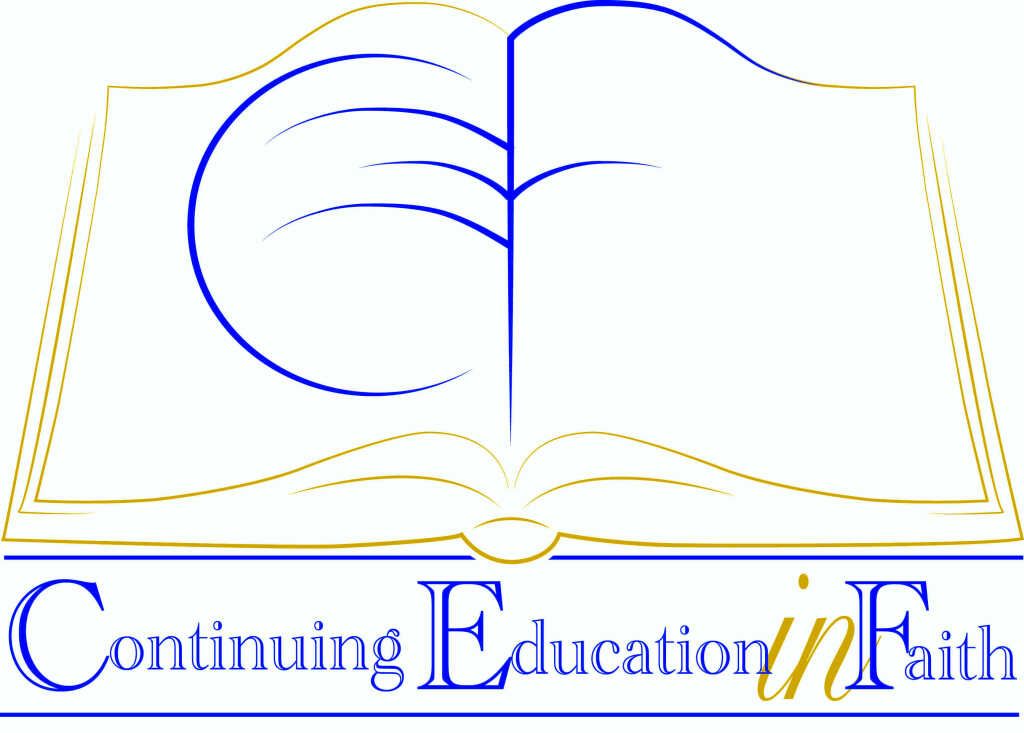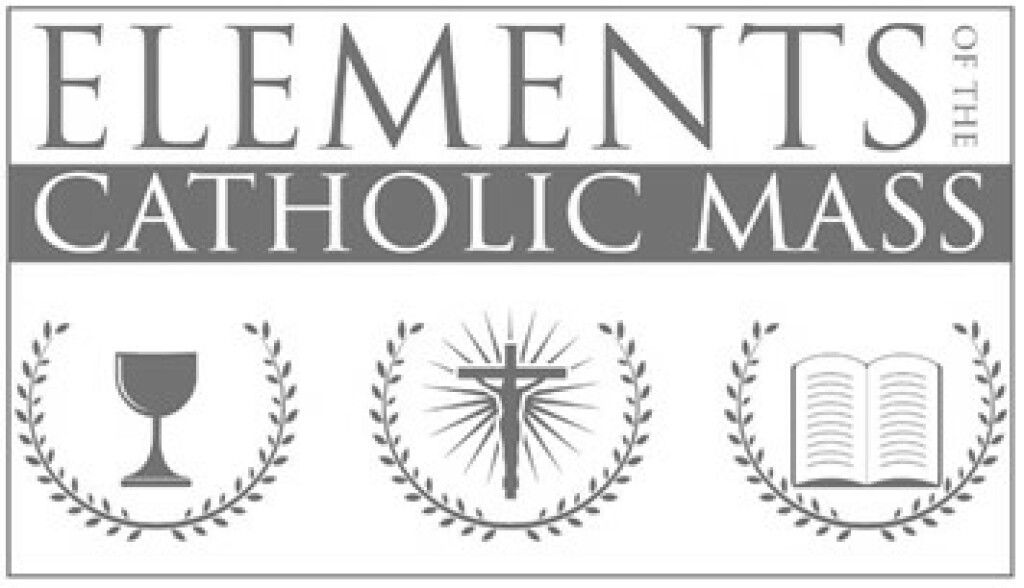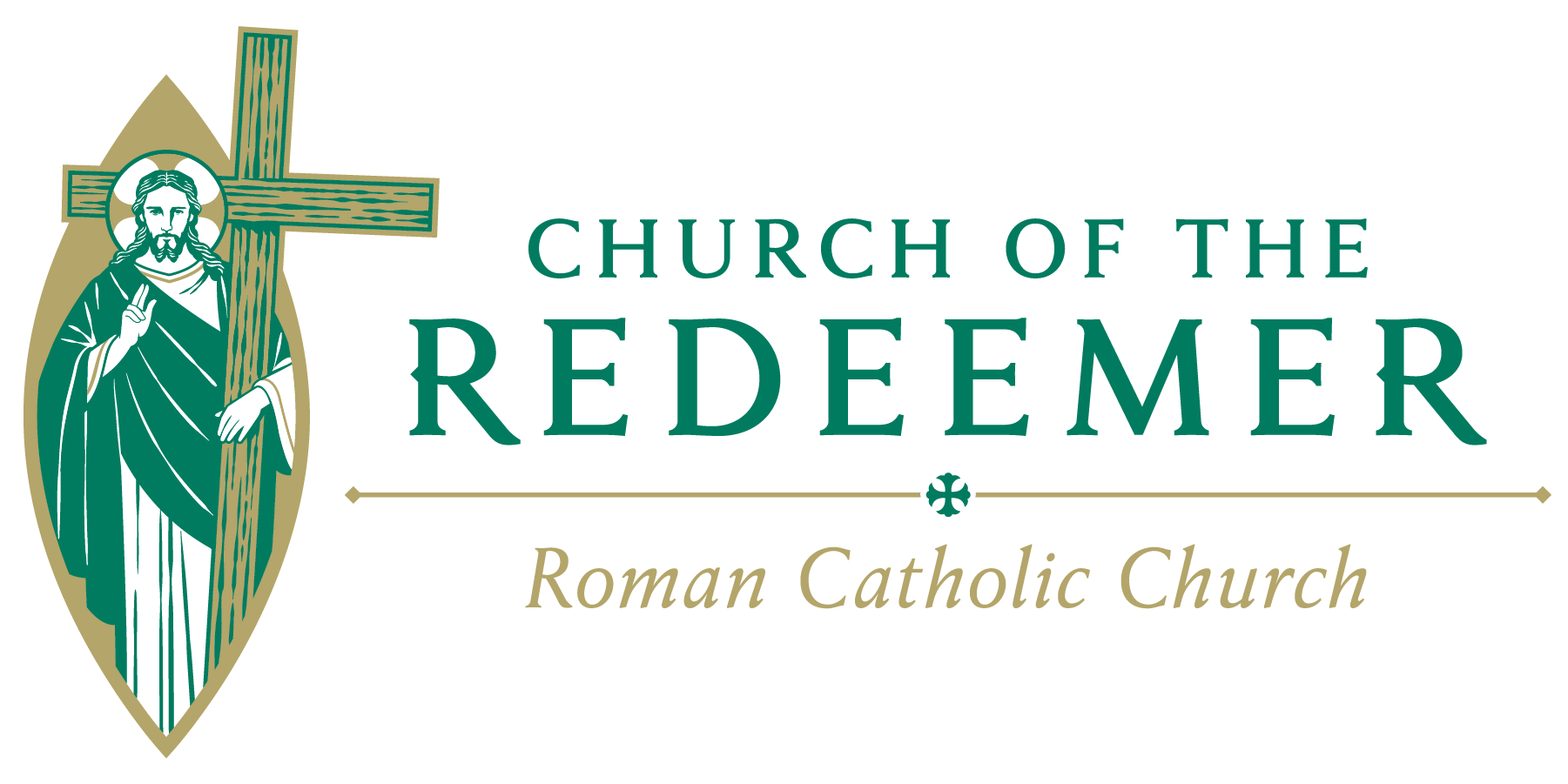Elements of the Mass


Instructions:
1) Review the list of 31 topics below.
2) Click the video link. All videos are on Formed.org. Redeemer parishioners have free membership and can view any video. Registration information is here.
3) Click the study guide link for a 2-page guide.
1: The Meaning of Liturgy | Video 3:10 | Study Guide
In our series premier, we find out the definition of the word "liturgy." While it technically means the work of the people, there are two more aspects that help us understand why we even have the Mass in the first place.
2: Intelligent Worship | Video 3:35 Study Guide
The Second Vatican Council, in the Constitution on the Sacred Liturgy, called for “active participation” on the part of the Faithful. It also called for a participation that would be full and conscious. In this we learn the importance of worshiping intelligently.
3: The Role of the Parishioner | Video 2:24 Study Guide
We Christians are here on earth as exiles. Many of us grow up in middle class Christianity. The danger with that is that we have everything we want and as a consequence we don’t really long for heaven. In this we learn what the role of the parishioner is in the Catholic Mass.
4: The Church Building | Video 2:24 Study Guide
In this episode, we dive into the meaning of the church building. The Catholic Church is a sacramental Church which means deeper realities are expressed in perceptible signs. The church building is not a neutral place; it is not simply a skin for liturgical action. It is a place where prayer happens; it is a temple where sacrifice is offered.
5: Processions | Video 1:58 Study Guide
A procession is an assembly on the move. It symbolizes, in every instance, our pilgrimage through this world to our true homeland; we are citizens of heaven. There is a difference between “gathering” and “assembly.” A gathering can be any group. An assembly, on the other hand, is a group called together, formed into a body, united in their purpose and in their destination.
6: Signs and Symbols | Video 5:04 Study Guide
The Catholic Mass is full of signs and symbols. Where do these signs come from? Where do they get their meaning? The Church teaches that the meaning comes from four categories: creation, human culture, the Old Testament and they are fully revealed in the mission of Christ narrated for us in the New Testament. The sacramental system depends on signs that are perceptible. Every created thing has the impression of God, the Divine Artisan.
7: Sacramental Signs | Video 3:48 Study Guide
The Catholic Church teaches that a sacrament is an outward sign, instituted by Christ, to give grace. Or as the Catechism of the Catholic Church puts it: The sacraments are efficacious sign of grace, instituted by Christ and entrusted to the Church, by which divine life is dispensed to us.
8: The Purpose of the Mass | Video 3:02 Study Guide
In everything we do in life, it is essential to understand the goal or purpose, if we want to participate in a fruitful manner. In the Catholic Mass, the goal of our worship is quite clearly directed at the praise of God and the sanctification of the world. In fact, the Church puts these very words on the lips of her ministers and faithful at every celebration of the Eucharist.
9: Active Participation | Video 4:49 Study Guide
The Church weaves the notion of active participation, together with full and conscious into her understanding. We should be engaged fully, conscious of what we are doing, aware of the liturgy’s beauty and richness. This participation is first and foremost interior. Like Christ, we offer ourselves from our hearts, completely to the Father. Only then can our participation be full.
10: Who Says the Mass is Boring? | Video 4:57 Study Guide
One often hears that Mass is boring. I like to say that if you find it boring, you’re looking at the wrong thing. You are probably focused on its structure. Ritual requires structure. And so there is a sense in which Mass is the same: it’s supposed to be repetitive! Repetition is absolutely essential in any ritual; and so it is with the Mass.
11: Unity and Diversity in the Mass | Video 6:11 Study Guide
The Church’s most fundamental principle in the celebration of Mass is that of unity. She has no greater interest than to foster unity when remembering the great sacrifice of Christ for love of us. Our harmony with one another sacramentalizes our unity with him. Catholics express this unity by participating in the common texts, postures and gestures.
12: Music Part I | Video 3:16 Study Guide
Music, in the mind of the Church, is not thought of as something added to the Mass; rather, music is an integral component of it. The Church describes her music as a treasure of inestimable value–and indeed, how rich is this musical heritage. As a unique combination of melody and word, sacred music was created for the worship of God; it forms a necessary part of the sacred liturgy.
13: Music Part II | Video 3:27 Study Guide
The 1967 Instruction, Musicam Sacram, is the most definitive statement on music in the Mass since the Second Vatican Council. This Instruction both clarifies and articulates the Church’s understanding of sacred music. Musicam Sacram describes three degrees or categories of texts of the Mass to be sung.
14: The Collect | Video 3:31 Study Guide
"Collect" is the official term for what is generally known as the Opening Prayer of the Mass. This term is significant because it suggests how we ought to approach the opening oration. The prayer is preceded by the invitation of the priest: "Let us pray." Note that these words do not mean "Bring me the book," or "Pleasestand," or "Watch while I turn through the pages," or even "Listen to this prayer." The invitation means first and foremost "Let us formulate the intentions we want to offer at this Mass."
15: Liturgy and Language | Video 4:59 Study Guide
A frequent question, especially in light of the translation of the third edition of the Roman Missal, concerns the language of the Mass. Why do the words of Mass sound so different from the language we use in everyday life? Human beings express spiritual realities through cultural language, gestures and actions. Thus the Catechism teaches that one source for understanding Mass is found in human culture. Every culture has its own language. Every language develops within the context of a particular culture.
16: The Liturgist & Liturgiologist | Video 3:52 Study Guide
What is the difference between a liturgist and a liturgiologist? This is an important question because the answer has an impact on how we approach participation in the Mass. A liturgist is one who offers public worship of God. The Church teaches that Christ is the Supreme Liturgist, offering himself entirely to the Father. The Constitution on the Sacred Liturgy insists that Christ himself is the priest. The Liturgy is the action of Christ and of his Body, the Church. Following the pattern of Christ, then, the liturgist is the one who actually prays at Mass.
17: Vestments Part I | Video 4:06 Study Guide
The vestments worn during Mass are sacramental signs. This suggests that they not only serve the practical purpose of covering street clothes, but that they also represent hidden realities. They signify that the celebration of the liturgy is not something ordinary, but that it takes us beyond the experience of daily life.
18: Vestments Part II | Video 2:42 Study Guide
The alb, along with the amice and cincture, is the sacred garment common to ordained and instituted ministers. The sacred vestments provide distance from the mundane reality of everyday life. They become a sacramental sign of the wedding garments of eternity, and prepare both faithful and ministers for the foretaste of the heavenly liturgy celebrated in our churches.
19: The Church Doors | Video 2:40 Study Guide
The door of the church is not simply practical or pragmatic; it is not simply for entry and exit. The door of every church is a sacramental sign that reminds us of our future entry into paradise. Every church is dedicated before it is put into service for worship; its prayer of dedication tells us what it signifies.
20: Incense in the Mass | Video 3:37 Study Guide
The Church herself tells us that incense is an expression of reverence and prayer. She prays along with Psalm 141: “Let my prayer be incense before you; my uplifted hands an evening offering.” The Book of Revelation also gives an understanding of the use of incense, even in heaven: the incense is joined to the prayer of the saints around the throne of God.
21: Bows in the Mass | Video 2:08 Study Guide
The liturgy is comprised not only of words and music, it also includes gestures. These, too, are sacramental signs because they show in a visible way the hidden devotion of our hearts. A bow signifies reverence or honor to persons or the symbols that represent these persons.
22: The Book of the Gospels | Video 2:44 Study Guide
The Church teaches that the proclamation of the Gospel is the high point of the Liturgy of the Word, the first part of Mass. The Gospel is so significant that the Church has a special book that contains just those words. The Book of Gospels, the repository for the Word of Christ, is another symbol of the Lord present to the church. Since it is his own word, the proclamation of the Gospel is honored with a kiss and candles and incense as if it were Christ himself.
23: The Word of the Lord | Video 3:30 Study Guide
If you want to say the word, “word” in Latin, there are two choices. You can say “scriptum” or you can say “verbum.” There is a very important distinction between the two words and the Church is very specific about the way she uses them in the text of the Mass.
24: The Creed | Video 3:34 Study Guide
Notice that one of the first tasks of the liturgical assembly is for the different members to be formed into a single body. The “I” (ie., the first person singular pronoun) of the Creed is, in a sense, the “I” of the singular Body of Christ, who worships God the Father. It is also the personal “I” of the individual believer. This “I believe” of the Creed is able to account for the personal belief and the corporate belief of Christ’s mystical body. It is both a baptismal confession and a communal statement of shared faith.
25: The Bow in the Creed | Video 3:36 | Study Guide
There are two types of bows in the Catholic Mass: a simple bow of the head and a profound bow or bow of the body. During the recitation of the Creed, the Church asks all the faithful to make a profound bow. It is meant to be a tremendous sign of the reverence we have for the mysteries we celebrate in Holy Mass.
26: The Altar | Video 4:06 Study Guide
The altar is the central feature of every Catholic church. It is the most significant element in the church building. (It is even more significant than the tabernacle, since without altar, there is no reserved Blessed Sacrament.) The altar is the focal point of every liturgical celebration. The Church teaches us that Christ himself is the Victim; Christ is the Priest; Christ is the Altar of Sacrifice.
27: My Sacrifice and Yours | Video 3:53 Study Guide
At the end of the Preparation of the Offerings, the priest says to the people: “Pray, brothers and sisters, that my sacrifice and yours (meum ac vestrum sacrificium) may be acceptable to God the Almighty Father.” There are not two sacrifices. Rather, we share in the singular sacrifice of Christ, each in a unique way.
28: The Mystery of Faith | Video 3:57 Study Guide
During Mass, immediately after the consecration of the Bread and Wine, the priest, with the Eucharist on the altar in front of him says, “The mystery of faith.” Why is this done? What does it mean?
29: The Bow Before Receiving Holy Communion | Video 3:53 Study Guide
People often ask, “What is the proper gesture before receiving Holy Communion?” The answer is actually very clear and simple. It can be found in the General Instruction of The Roman Missal at paragraph 160. The communicant makes a bow of the head before receiving the Body of the Lord and before receiving the Precious Blood.
30: The Liturgical Movement | Video 2:48 Study Guide
In essence, the liturgical movement is the effort on the part of the Church to help the faithful participate better at Mass. This meant, initially, that the people would participate in the singing and in giving the responses. Over the course of time, the Church realized that it is important that the people be able to enter deeply into the mystery by understanding what’s going on during Mass.
31: The Dismissal | Video 4:11 Study Guide
We might consider that the words of the dismissal are the three (Ite, missa est) most forgotten words of the entire Mass. The Latin word, “Ite” is the imperative of “go”. This is an emphatic, insistent Go! “Ite, missa est” literally means “Go, it is sent.”
